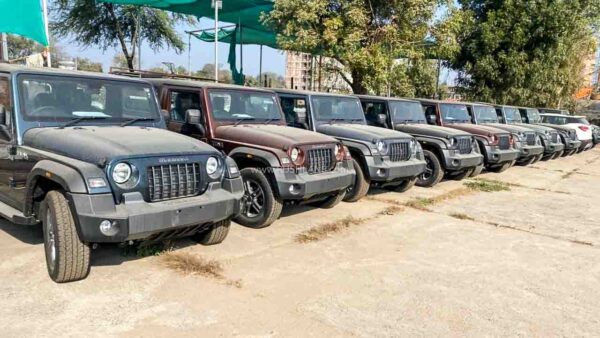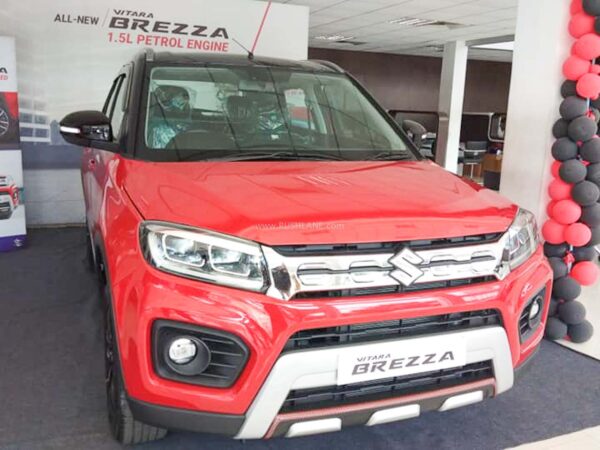
Three out of five utility vehicles sold in India during the current fiscal are powered by a petrol motor
There was a time when SUVs, especially in India, were solely known to be powered by guzzling diesel engines. While diesel-powered SUVs are still in demand in the Indian market, overseas markets have made the switch to gasoline a long time ago. This trend now seems to be catching up with Indian utility vehicle buyers.
With new emission norms in place and stricter curbs to follow in future, automakers have started shifting to petrol and hybrid motors in SUVs. The recent advent of smaller turbocharged petrol engines has also helped surge in petrol-powered SUVs in the market.
Rise in petrol-powered SUVs
Share of petrol-powered cars in the utility vehicle segment in India is fast growing and has barely doubled in the past year. This is mainly due to a rise in the cost of diesel-powered vehicles since the adoption of BS6 emission norms in April last year. The narrowing price difference in both fuels has further led to the popularity of petrol models in the past few months.
According to a report by Economic Times, three out of five UVs sold in India during the last fiscal year were powered by a petrol motor, up from one in three recorded in the previous fiscal. The shift is even more prominent in the entry-level SUV segment where market share of diesel-powered cars has crashed to 25 percent from 60 percent in FY20.

The preference for diesel vehicles has dropped in other body styles as well. For instance, in hatchbacks it has reduced from 5 percent to 1 percent, in sedans it has reduced from 33 percent to 6 percent and in MPVs, it has reduced from 10 percent to 3 percent.
Narrowing price gap
Further, higher acquisition costs of diesel cars, improved fuel efficiency of petrol vehicles and a lower price gap between the two fuels have nullified benefits of a lower running cost from diesel. Back in May 2012 when price differential between petrol and diesel was at its peak, diesel cost nearly 40 percent less than gasoline.
After this, price of diesel fuel was deregulated and its price has steadily increased ever since. The gap between petrol and diesel now stands as low as Rs 5 per litre.
Diesel still remains relevant
Diesel, however, is still expected to remain relevant in the higher end of the passenger vehicle segment. The inherent quality of oil burners is their high torque outputs which are especially favourable for large-sized SUVs. Diesel variants contributed towards 64 percent sales of mid-size SUVs and as much as 94 percent in high-end SUVs in the current fiscal. With tighter CAFE norms bound for future, petrol engines are expected to penetrate even in the higher segment of passenger vehicles.

